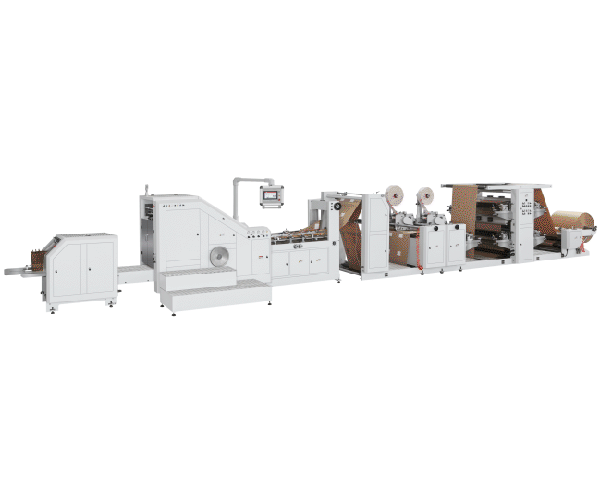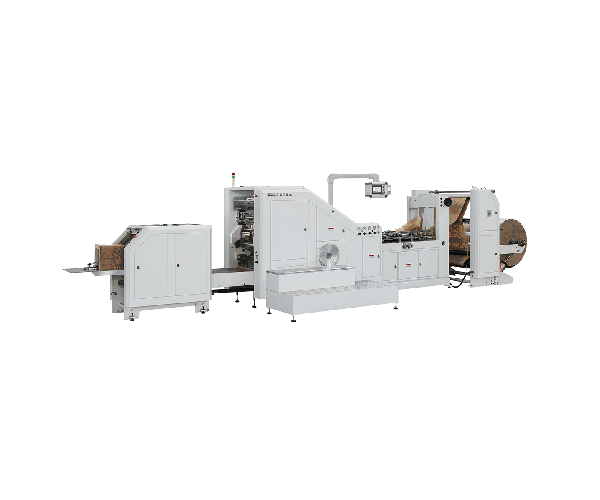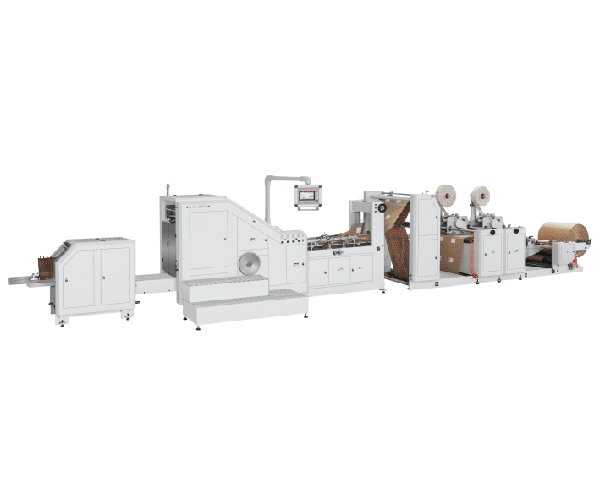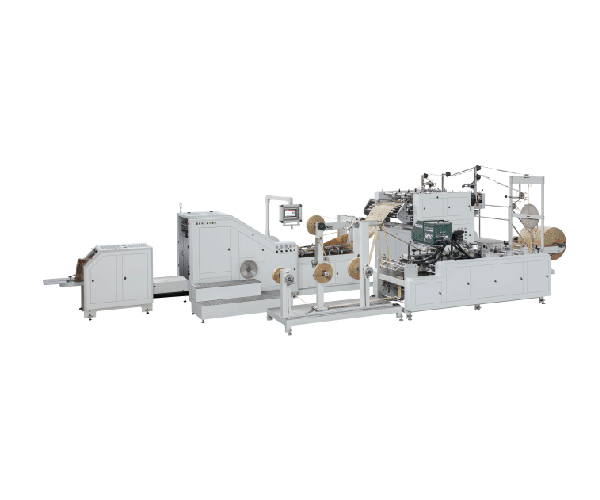Paper bags have become an eco-friendly alternative to plastic bags, driving demand for efficient production methods. The manufacturing process involves several specialized machines that transform raw paper into sturdy, functional bags. In this article, we’ll explore the key machines used in paper bag production and their roles in the manufacturing process.
1. Paper Reel Stand (Unwinder)
The process begins with large rolls of kraft paper or recycled paper. A paper reel stand (or unwinder) holds and feeds the paper into the production line smoothly, ensuring consistent tension to prevent tearing or misalignment.
2. Flexographic Printing Machine (Optional)
If the bags require branding or designs, a flexographic printer applies high-quality prints using fast-drying inks. This machine is essential for custom-printed paper bags used in retail and promotional packaging.
3. Punching and Creasing Machine
Before folding, the paper must be precisely creased to ensure clean edges. A punching and creasing machine scores the paper at specific points, making it easier to fold into the desired bag shape.
4. Bottom Pasting Machine
For flat-bottom paper bags (commonly used in shopping and grocery bags), a bottom pasting machine applies glue to the base and folds it securely. This ensures the bag can hold weight without breaking.
5. Bag Making Machine (Folding & Gluing)
The core of the production line, the bag making machine ,folds the paper into the bag’s structure and applies adhesive along the seams. There are two main types:
Automatic bag making machines – High-speed systems that handle folding, gluing, and drying in one continuous process.
Semi-automatic machines – Require some manual intervention but are cost-effective for smaller operations.
6. Handle Attachment Machine
For paper bags with handles (such as gift bags or luxury retail bags), a handle attachment machine secures twisted paper handles, flat handles, or ribbon handles using glue or staples.
7. Quality Control & Inspection Systems
Automated vision inspection systems check for defects like misprints, weak seams, or improper folding, ensuring only high-quality bags proceed to packaging.
8. Counting and Bundling Machine
Finally, a Counting and bundling machine groups finished paper bags into stacks, wraps them, and prepares them for shipping.
Conclusion
The production of paper bags relies on a well-coordinated assembly of machines, each performing a critical function—from unwinding paper rolls to printing, folding, gluing, and packaging. As sustainability trends grow, advancements in automation and eco-friendly materials continue to improve the efficiency of paper bag manufacturing.
Whether for retail, groceries, or promotional use, understanding these machines helps businesses optimize their production processes for high-quality, durable paper bags.
Would you like details on a specific type of paper bag machine? Let me know how I can refine this further!






